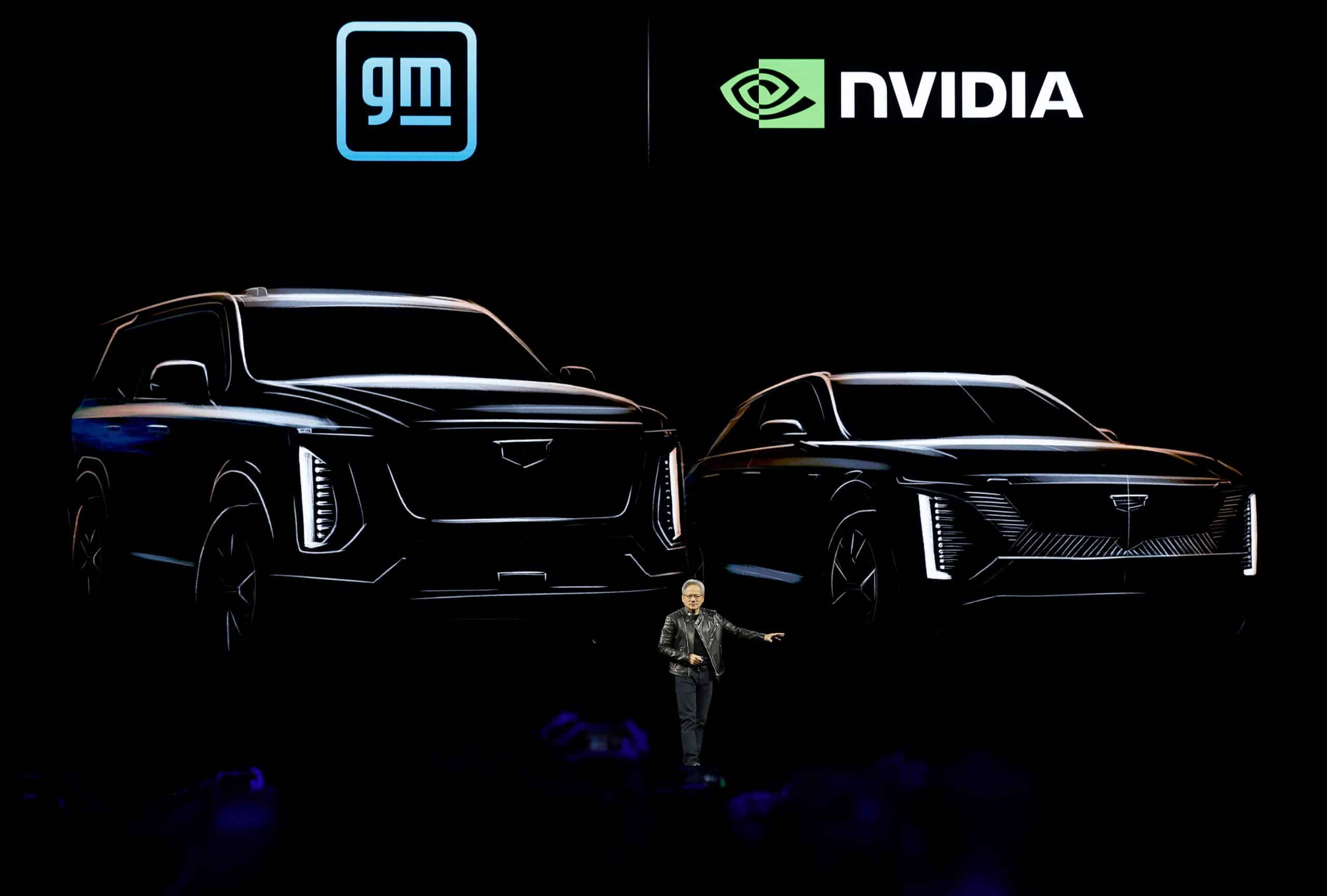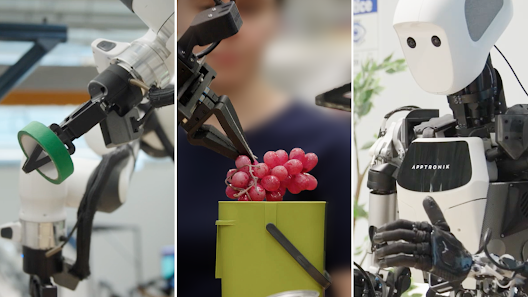General Motors (GM) is doubling down on its commitment to artificial intelligence by expanding its collaboration with Nvidia to revolutionize vehicle production, intelligent robotics, and autonomous driving.
Accelerating the Future: GM and Nvidia Deepen Ties
At Nvidia’s GTC 2025 event in San Jose, California, GM announced it will harness Nvidia’s advanced AI platforms—including Omniverse and Cosmos—to power its next-generation vehicles and smart manufacturing initiatives. This partnership marks a pivotal moment as the automotive industry shifts toward AI-enhanced production and autonomous mobility.
According to Nvidia CEO Jensen Huang, “The era of physical AI is here.” The collaboration aims to integrate AI into every layer of GM’s operations—from vehicle design and simulation to factory robotics and in-cabin intelligence.
Factory of the Future: Digital Twins & AI-Enhanced Robotics
Nvidia’s platforms will enable GM to create digital twins of its manufacturing plants, allowing engineers to test and refine production systems virtually—without interrupting real-world operations. These digital replicas help optimize workflows, reduce downtime, and unlock new levels of efficiency.
Additionally, GM will train AI-driven robots to take on more complex tasks, enabling smarter, more flexible automation across its production lines. These enhancements are expected to significantly improve factory planning and operational adaptability.
Smarter Vehicles Powered by Nvidia AI
GM’s future vehicles will be equipped with Nvidia’s Drive AGX platform, enhancing advanced driver-assistance systems (ADAS) and in-cabin safety. The automaker’s existing Super Cruise technology will be bolstered by these upgrades, paving the way for more capable and autonomous vehicles.
The move follows GM’s recent decision to shift focus from its self-driving taxi subsidiary, Cruise, and instead invest directly in developing its own in-house autonomous systems. This strategic pivot aligns with the company’s broader goal of launching personal autonomous vehicles (PAVs) in the near future.
AI at the Core of GM’s Innovation Strategy
“AI helps us build smarter vehicles while empowering our workforce to focus on craftsmanship,” said GM CEO Mary Barra. By combining Nvidia’s computational power with GM’s automotive expertise, the companies aim to create a seamless blend of human ingenuity and machine intelligence in vehicle design and production.
GM’s Senior Vice President Dave Richardson emphasized that high-performance computing is critical to scaling advanced driver-assistance features and reaching full autonomy. “We expect to launch PAVs that can take you anywhere—no human driver required,” he noted.
Building the Next Generation of AI Factories
This announcement comes on the heels of several other strategic moves by Nvidia, including its ongoing efforts to redefine the future of data centers with Silicon Photonics technology introduced during GTC 2025. These innovations complement GM’s goals by offering the computing infrastructure necessary to support AI-intensive automotive workloads.
With this renewed partnership, GM and Nvidia are not just pushing the envelope—they’re reshaping it entirely. From intelligent factories to AI-powered vehicles, the vision for the future of mobility is rapidly becoming a reality.







